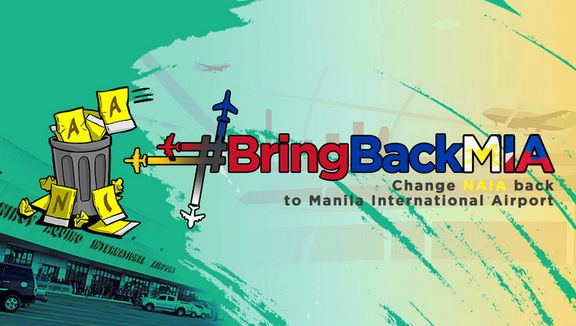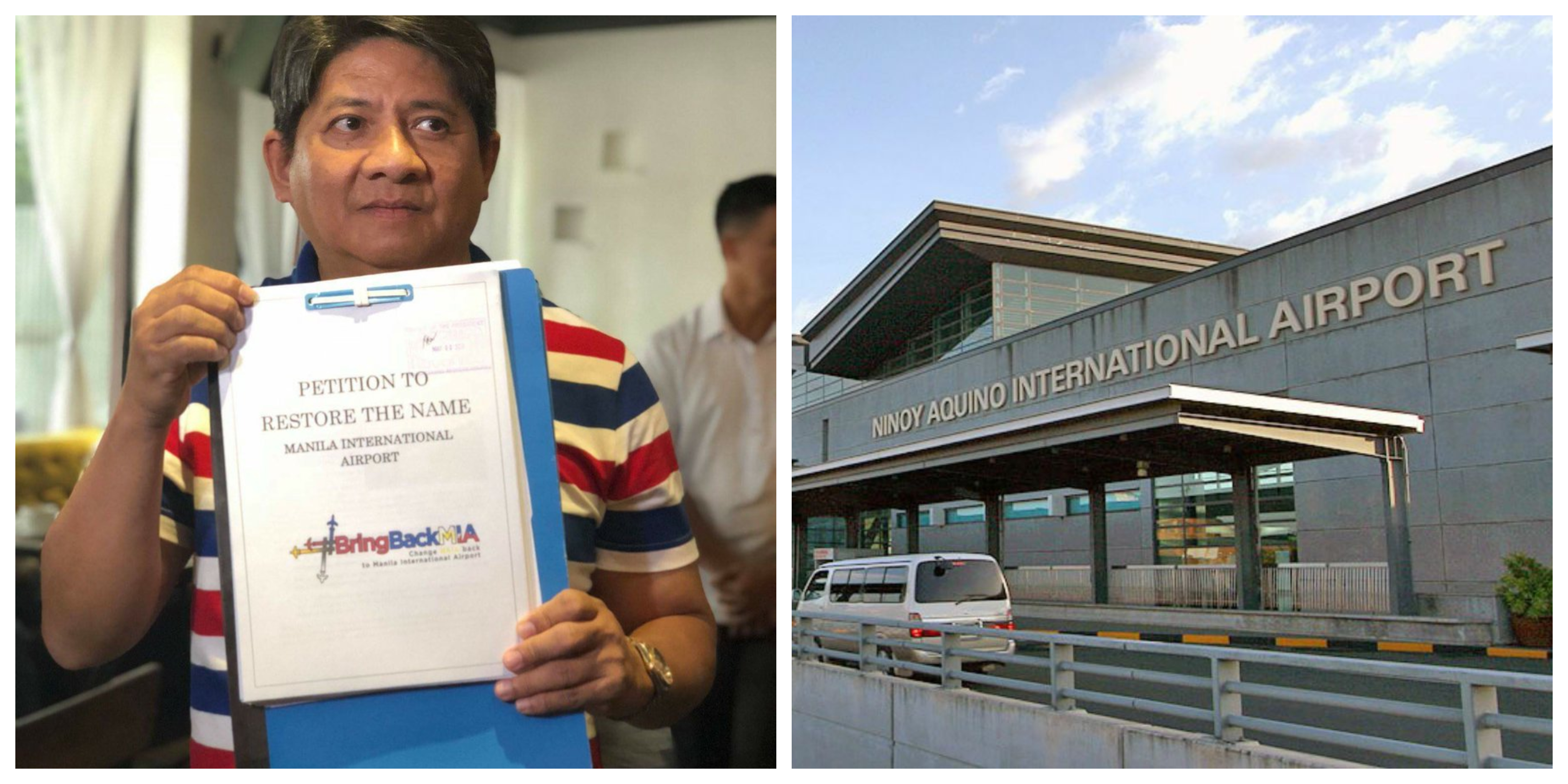Buoyed by his success in removing former Chief Justice Maria Lourdes Sereno from her post, lawyer and staunch ally of President Duterte, Larry Gadon, has set his sights on a new target: reverting the name of the country’s premiere gateway back to its original name.
The Ninoy Aquino International Airport (NAIA) was christened with its current name in 1987, during the administration of President Cory Aquino. Prior to that, the airport was simply named Manila International Airport (MIA) when it was ceded to the newly-independent Philippine government by the Americans.

The gesture was obviously done in memory of her late husband and staunch critic of the Marcos dictatorship, Ninoy Aquino, who was assassinated upon his return from exile from the United states at that very airport. Since then critics have questioned the relevance of naming the airport after the deceased legislator.
One such critic is Gadon, who has now started a petition to revert the name of the airport back to MIA. The lawyer has made it clear that he is no fan of the Aquino family, even declaring that his effort to remove Sereno as head of the judiciary was partly to “flush out the Yellows” (colloquial term for the Aquino-led Liberal Party) from government.
It’s obvious that this latest political stunt of his is largely motivated by his disdain for the prominent political clan. Gadon even used the press conference he organized to gain publicity for his petition to take pot-shots at the family, declaring that Ninoy is “not a hero” and is therefore unworthy of having the country’s main airport named after him.
As petty as Gadon’s vindictiveness may be, his petition bears undeniable merits. In that same press conference he argued that retaining the name aids the Aquino family’s political ambitions in a way, since the branding of the airport is a form of endorsement itself – which has a point.
At the same time, Gadon also is correct in arguing that Ninoy is not a hero – at least not in the official sense. In 1993, then-President Fidel Ramos issued Executive Order No.75 entitled “Creating the National Heroes Committee Under the Office of the President” which was given the principal duty of “studying, evaluating and recommending Filipino national personages/heroes in due recognition of their sterling character and remarkable achievements for the country”.
This Committee was established to identify historical figures worthy to be branded as national heroes, based on a criteria which they have set. Benigno “Ninoy” Aquino Jr. was never formally recognized as a national hero by the Committee, therefore it is rather hard to justify naming a place of national significance after him.
Aside from national heroes, former Presidents could also have the privilege of having places of national significance named after them and yet again, Aquino is not one himself.
Perhaps the most compelling of Gadon’s arguments to revert the name of NAIA back to MIA is also his most basic one: the airport is the gateway not just to the Philippines, but to the historic city of Manila. It would be useful to the tourism branding of the city to have its airport named after it.
Admittedly, Gadon’s motivations for this endeavour is one of petty political vindictiveness. But being rational entails one to focus solely on the strength of the argument, rather than the personality of the interlocutor making it.
While Gadon may be far from being a saint himself, one can’t help but recognize that his petition to #BringBackMIA makes absolute sense.

